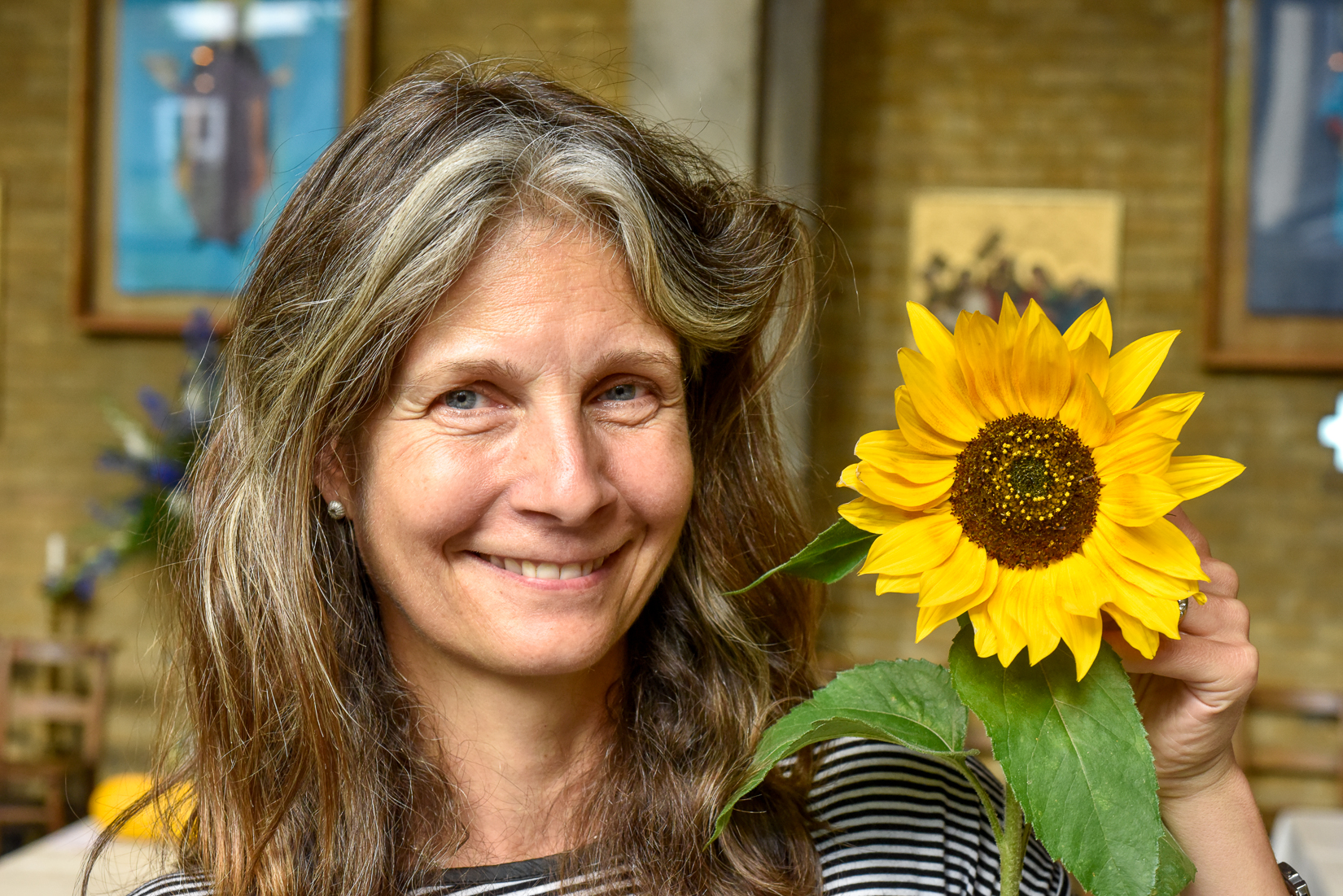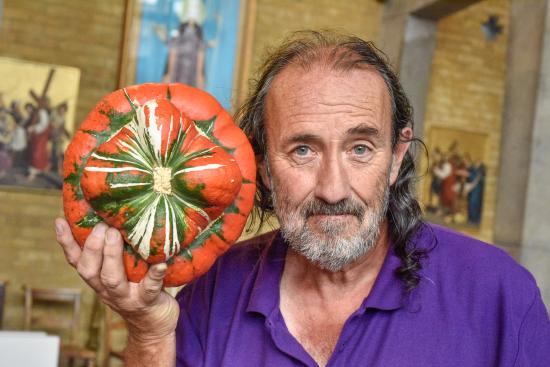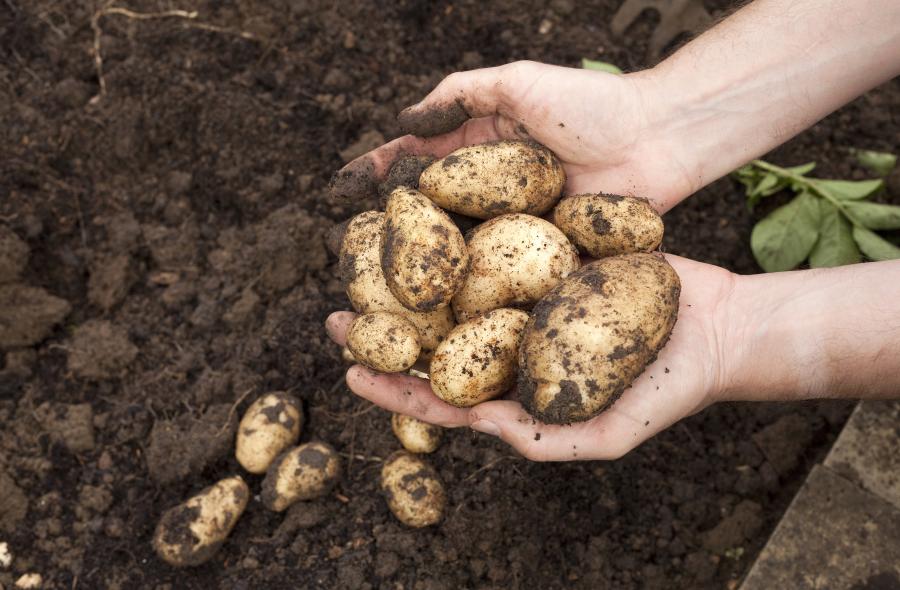
Bake Off enthusiasts and Alan Titchmarsh devotees will have their chance to shine this weekend as the annual Fulham Horticultural Society autumn show puts local home and garden talent in the spotlight.
There’s still time to enter the autumn show – which takes place on 9 September – and showcase the fruits of your kitchen, garden, window box or patio pots.
With more than 50 growing classes to enter, from vegetables like beetroot, onions, beans and potatoes, to flowers, herbs and fruit, there are plenty of opportunities to display the finest produce from the soil.
But it’s not only green-fingered locals who can have a go at winning – the FHS show also has categories for jam-making, scones, rich chocolate courgette cake, sticky pineapple and coconut cake, and even photography, Christmas cards and knitted scarves.

The society, set up in 1924, is open to all, and residents can enter the show if they plant and tend their gardens or allotments within a five-mile radius of Fulham Old Town Hall.
There are also classes for children aged under 16 to show off their creative skills, with categories for vegetable men, Christmas cards, and vases of leaves and berries.
The show takes place at St. Etheldreda's Church, Fulham Palace Road, with entrants setting up from 10am and judging from noon.
Visitors to the show can peruse the displays and enjoy tea and cake from 2.30pm-4.30pm.
Entries can be made up to 8pm on Thursday 7 September, by phoning 07771 547 193, or emailing fulhamhs@gmail.com. Late entries can be made on the day by visiting the show secretary’s desk.
Visit the FHS website to find out more about the open Autumn Show on 9 September and view all the categories.
In the meantime, the experts from the Fulham Horticultural Society have drawn up this handy list of tasks to do in your garden this September:
- Remove the layer of dead grass and debris known as thatch from lawns. This can be done with a rake, or by hiring a scarifier, to improve surface drainage and air flow.
- Aerate the lawn to relieve compaction with a fork pushed into the ground to a depth of 15cm, at 15-18cm intervals over the whole area. Top-dressing immediately after aerating keeps holes open and revitalises the upper layer of soil. Use a mix of three parts of sieved soil, two parts of sharp sand, and one part garden compost. Spread a 1-2cm layer over the lawn and work it in with a stiff broom, or the back of a rake.
- Stop feeding shrubs and trees in containers with general fertilisers as, if fed, they will produce soft growth now which will be damaged in winter. One last feed of rock potash will benefit them by ripening the wood, building up their resilience to the rigours of winter.
- Pot up prepared hyacinths and other bulbs such as 'Paper White' narcissi for flowers at Christmas. If planting in bulb bowls that have no drainage holes use bulb fibre, otherwise any potting compost will do.

- Lift maincrop potatoes on a warm sunny day, and leave them on the surface of the soil for an hour or two to dry out. Store undamaged ones in paper sacks tied at the neck, in darkness to stop them turning green.
- Lift and dry any onions still in the ground, and bring them into a cool, dry storage area before damp weather steps in. You'll know they are ready to store when the skins become papery and they make a rustling sound when handled.
- Pick pumpkins, marrows and squashes; leave them in the sun for several days or put in a greenhouse if the weather is wet so that they can ripen and dry off before putting them in a cool, dark place. They should keep until well after Christmas.
- Spring cabbages sown last month can be planted 15cm apart in rows 30cm apart. Harvest every other plant as spring greens, leaving the others to heart up.
- Plant autumn onion sets, including varieties such as 'Radar' and 'Swift'. Plant them 8cm apart in drills deep enough to just cover the tip of the sets. Apply a general organic fertiliser now, and again in spring to boost their growth.




